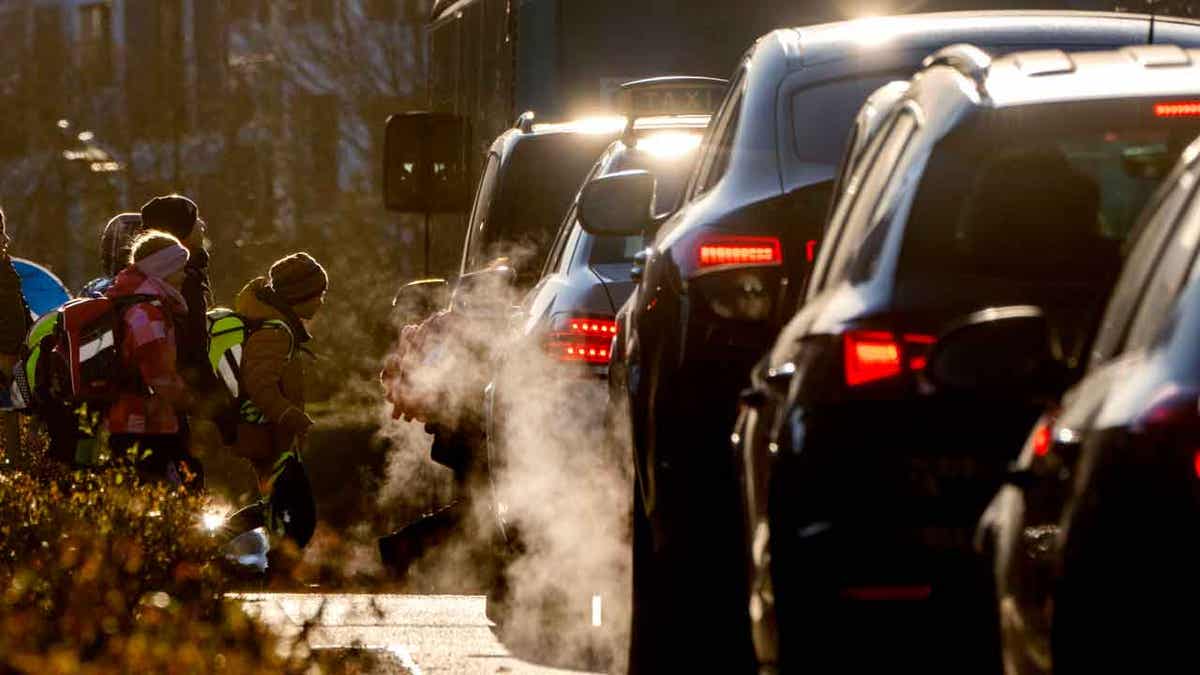Fox News Flash top headlines for February 27
Fox News Flash top headlines are here. Check out what's clicking on Foxnews.com.
Ever bigger cars pose a growing problem for the environment because they produce more greenhouse gas emissions and need larger batteries than their smaller cousins, according to the International Energy Agency.
The Paris-based body suggested Monday that it’s time for the car industry to downsize its vehicles, citing data that showed the world’s 330 million sports utility vehicles, or SUVs, pumped out almost 1 billion metric tons of carbon dioxide in 2022.
That’s more than the annual emissions of an industrial nation like Germany.
"The shift towards heavier and less fuel-efficient conventional vehicles increases growth in both oil demand and CO2 emissions," the agency said, noting that SUVs consume about a fifth more gasoline than an average medium-sized car.
HOW TO MAKE A CLASSIC CAR GREEN WHILE STILL GUZZLING GAS
"Between 2021 and 2022, oil use in conventional cars, excluding SUVs, remained roughly the same, but the oil consumption of SUVs globally increased by 500,000 barrels per day, accounting for one-third of the total growth in oil demand," it said.

Cars give off exhaust fumes in Frankfurt, Germany, on Feb. 27, 2023. Bigger cars pose a growing problem for the environment because they produce more greenhouse gas emissions. (AP Photo/Michael Probst)
And while conventional vehicle sales slowed slightly in 2022, by about 1 million SUVs and 1 million smaller cars, sales of electric vehicles almost doubled to a record of more than 10 million. For the first time, electric SUVs outpaced electric non-SUVs, at 5.5 million compared to 5.3 million.
VIRGINIA DEMOCRATS FORCE STATE TO ADOPT CALIFORNIA'S CRACKDOWN ON GAS CARS
Electric SUVs require larger batteries than smaller cars, the agency noted.
"A growing electric SUV market would impose additional pressure on battery supply chains and further increase demand for the critical minerals needed to make the batteries," it said.
CLICK HERE TO GET THE FOX NEWS APP
The IEA urged policymakers and manufacturers to address the issue and suggested three possible actions: "Downsizing of the average car size; increasing battery swapping; and investing in innovative battery technologies."

